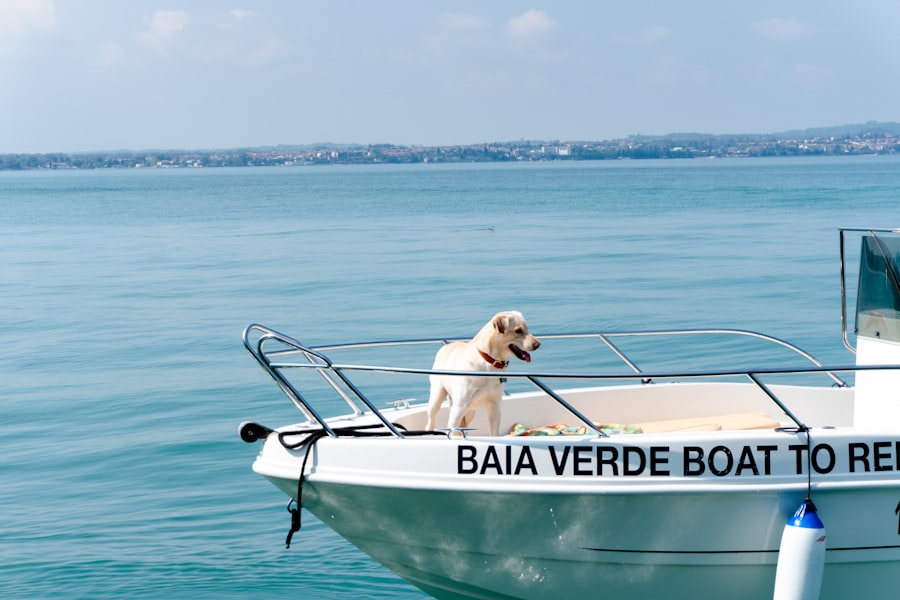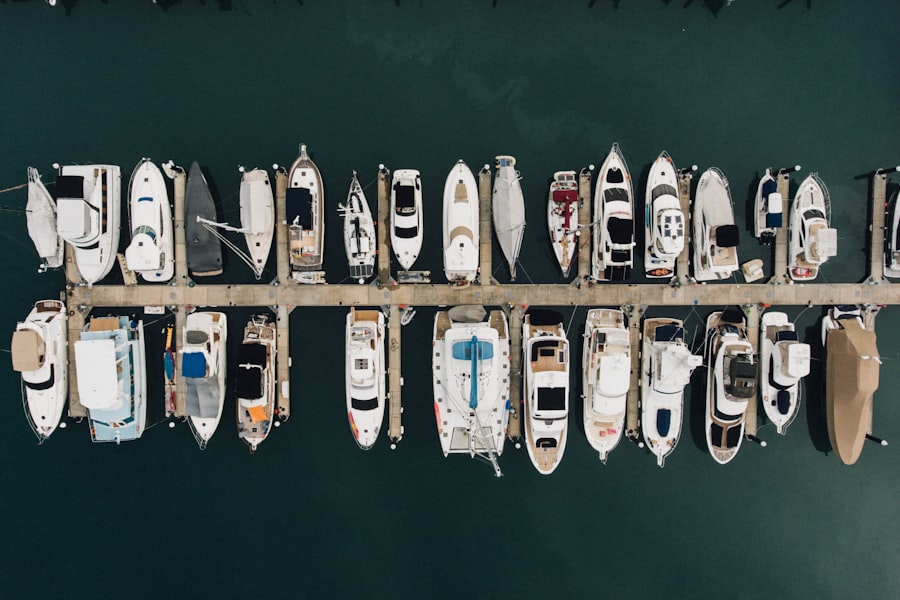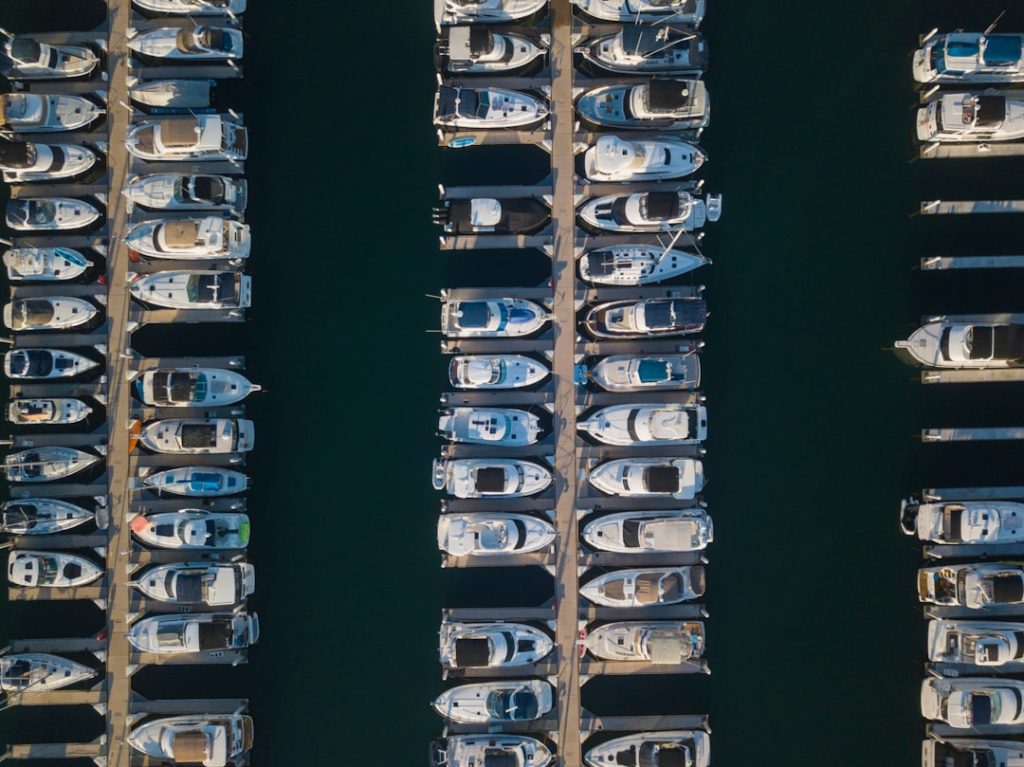The world of boating is vast and varied, encompassing a wide range of vessels designed for different purposes and activities. At the most basic level, boats can be categorized into several types, each serving unique functions. For instance, motorboats are powered by engines and are often used for recreational activities such as fishing, water skiing, and cruising.
They come in various sizes, from small runabouts to larger cabin cruisers, catering to different preferences and needs. Sailboats, on the other hand, harness the power of the wind for propulsion and are favored by those who enjoy the art of sailing. These vessels can range from small dinghies to large yachts, each offering a distinct experience on the water.
In addition to motorboats and sailboats, there are specialized types of boats designed for specific activities. For example, fishing boats are equipped with features tailored for anglers, such as rod holders, live wells, and fish finders. Pontoon boats, characterized by their flat decks supported by pontoons, are popular for leisurely outings and social gatherings on lakes.
Additionally, there are high-performance speedboats designed for thrill-seekers who crave adrenaline on the water. Understanding these various types of boats is crucial for potential buyers, as it helps them identify which vessel aligns with their intended use and lifestyle.
Key Takeaways
- Different boat types vary in purpose, size, and price.
- Boat prices are influenced by factors like age, condition, and features.
- Thorough research and price comparison are essential before buying.
- Effective negotiation can significantly reduce the purchase price.
- Consider hidden costs such as maintenance, insurance, and storage.
Factors Affecting Boat Prices
When it comes to purchasing a boat, several factors play a significant role in determining its price. One of the most influential factors is the type of boat itself. For instance, a brand-new luxury yacht can command millions of dollars, while a modest used fishing boat may only cost a few thousand.
The size of the boat also impacts its price; larger vessels typically require more materials and labor to construct, leading to higher costs. Additionally, the brand and model can influence pricing, as well-known manufacturers often charge a premium for their reputation and quality. Another critical factor affecting boat prices is the condition of the vessel.
New boats come with warranties and the latest technology but depreciate quickly once they leave the showroom. Conversely, used boats can offer significant savings but may require additional investment in repairs or upgrades. The age of the boat is also a consideration; older models may have outdated features or require more maintenance.
Furthermore, market demand plays a role in pricing; during peak boating seasons, prices may rise due to increased interest, while off-season sales may offer better deals.
Researching and Comparing Boat Prices

Thorough research is essential when it comes to finding the right boat at the right price. Potential buyers should start by exploring various online platforms that specialize in boat sales. Websites like Boat Trader, YachtWorld, and Craigslist provide extensive listings that allow buyers to filter by type, price range, and location.
These platforms often include detailed descriptions and photographs, giving buyers a comprehensive view of what’s available in the market. Additionally, visiting local boat dealerships can provide firsthand experience with different models and allow buyers to ask questions directly to knowledgeable sales staff. Comparing prices across different platforms is crucial for making an informed decision.
Buyers should take note of similar boats in terms of size, age, and condition to gauge a fair market price. It’s also beneficial to check for any recent sales data or trends in the boating market that could influence pricing. Engaging with online forums or local boating clubs can provide insights from experienced boaters who may share their purchasing experiences or recommend reputable sellers.
This collective knowledge can be invaluable in ensuring that buyers are well-informed before making a significant investment.
Negotiating the Best Price for a Boat
| Metric | Description | Typical Range | Tips for Negotiation |
|---|---|---|---|
| Initial Asking Price | The price the seller initially lists the boat for | Varies widely by boat type and condition | Research market value to identify if price is fair |
| Market Value | Average price similar boats sell for in your area | Depends on boat size, age, and features | Use as a benchmark to negotiate down from asking price |
| Negotiation Margin | Typical percentage sellers are willing to reduce price | 5% – 15% | Start with a lower offer to leave room for negotiation |
| Inspection Cost | Cost to have a professional inspect the boat | 100 – 500 | Use inspection results to negotiate repairs or price reduction |
| Repair Estimate | Estimated cost to fix any issues found | Varies based on condition | Factor into your offer to avoid unexpected expenses |
| Closing Costs | Fees related to the purchase transaction | 1% – 3% of purchase price | Clarify who pays these costs before finalizing deal |
| Final Purchase Price | Agreed price after negotiation | Typically below initial asking price | Be prepared to walk away if price is not reasonable |
Negotiation is an integral part of the boat-buying process that can lead to substantial savings. Once a buyer has identified a potential vessel, it’s essential to approach negotiations with a clear understanding of the market value and any comparable sales data gathered during research. This information empowers buyers to make reasonable offers based on factual evidence rather than emotional impulses.
When initiating negotiations, it’s advisable to start with a lower offer than what one is willing to pay; this creates room for compromise while signaling to the seller that you are serious about making a deal. Effective negotiation also involves building rapport with the seller. Establishing a friendly relationship can create a more conducive environment for discussion and may lead to better terms.
It’s important to remain respectful and patient throughout the process; aggressive tactics can backfire and lead to a breakdown in communication. Additionally, being prepared to walk away if the terms do not meet expectations can be a powerful negotiating tool. Sellers may reconsider their position if they sense that a buyer is not desperate to make a purchase.
Hidden Costs to Consider When Buying a Boat
While the sticker price of a boat is often the most visible cost associated with ownership, several hidden expenses can significantly impact overall financial commitment. One major consideration is insurance; depending on the type of boat and its intended use, insurance premiums can vary widely. Factors such as the boat’s value, age, and location will influence rates, so it’s essential for buyers to obtain quotes from multiple insurance providers before finalizing their purchase.
Maintenance costs are another critical aspect that many first-time buyers overlook. Boats require regular upkeep to ensure safety and performance; this includes routine tasks such as cleaning, engine maintenance, and hull inspections. Additionally, seasonal preparations like winterizing or summerizing can incur extra costs.
Fuel expenses should also be factored into the budget; larger boats or those with powerful engines tend to consume more fuel than smaller vessels. Finally, storage fees—whether at a marina or in dry dock—can add up over time and should be included in any financial planning related to boat ownership.
Financing Options for Buying a Boat

Financing a boat purchase can be approached in several ways, depending on individual financial situations and preferences. One common option is obtaining a loan through traditional banks or credit unions. Many financial institutions offer specialized marine loans designed specifically for boat purchases.
These loans typically feature competitive interest rates and flexible repayment terms tailored to accommodate buyers’ needs. It’s advisable for potential buyers to shop around for the best rates and terms before committing to any financing option. Another financing avenue is through dealer financing programs offered by boat dealerships.
These programs may provide attractive incentives such as low-interest rates or promotional offers that can make purchasing more accessible. However, buyers should carefully review the terms of these loans as they may come with hidden fees or less favorable conditions compared to traditional loans. Additionally, some buyers may consider personal loans or home equity lines of credit as alternative financing options; these can provide necessary funds without being tied directly to the boat itself.
The decision between purchasing a new or used boat involves weighing various pros and cons that cater to individual preferences and circumstances. New boats come with several advantages; they typically feature the latest technology, warranties that cover repairs for a specified period, and customization options that allow buyers to tailor their vessel according to personal preferences. Furthermore, new boats often require less immediate maintenance compared to older models since they have not been subjected to wear and tear.
Conversely, buying used boats presents its own set of benefits. The most significant advantage is cost savings; used boats generally come at a fraction of the price of new ones while still offering good performance if well-maintained. Buyers can often find high-quality vessels that have already depreciated significantly in value, making them an attractive option for budget-conscious individuals.
However, purchasing used boats does come with risks; potential buyers must conduct thorough inspections and possibly invest in repairs or upgrades that could offset initial savings.
Tips for Finding the Best Deal on a Boat
Finding the best deal on a boat requires diligence and strategic planning throughout the buying process. One effective strategy is timing; purchasing during off-peak seasons—typically late fall or winter—can lead to better deals as sellers may be more motivated to negotiate prices during these times when demand is lower. Additionally, attending boat shows can provide opportunities to compare various models side by side while also taking advantage of show-specific discounts offered by manufacturers or dealers.
Networking within local boating communities can also yield valuable insights into potential deals or upcoming sales events. Engaging with fellow boaters through forums or social media groups allows buyers to tap into collective knowledge about reputable sellers or hidden gems on the market. Furthermore, being patient during the search process can pay off; rushing into a purchase may lead to buyer’s remorse if better options arise shortly after making a decision.
By remaining vigilant and informed throughout their search, prospective boat owners can increase their chances of securing an excellent deal that meets both their needs and budgetary constraints.


